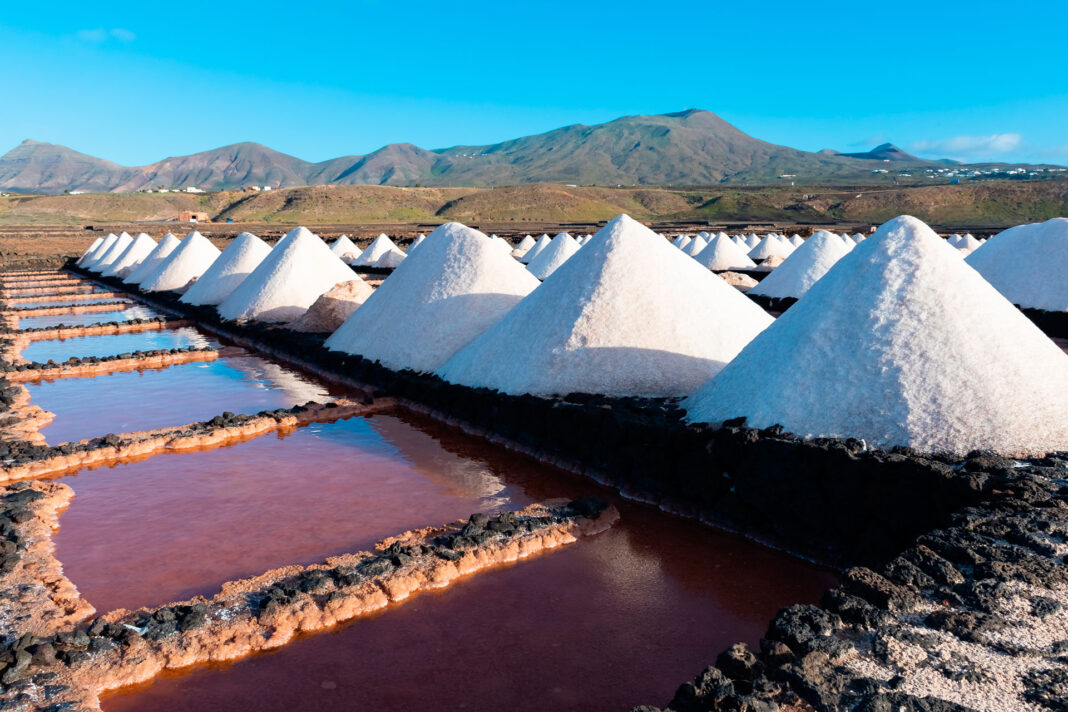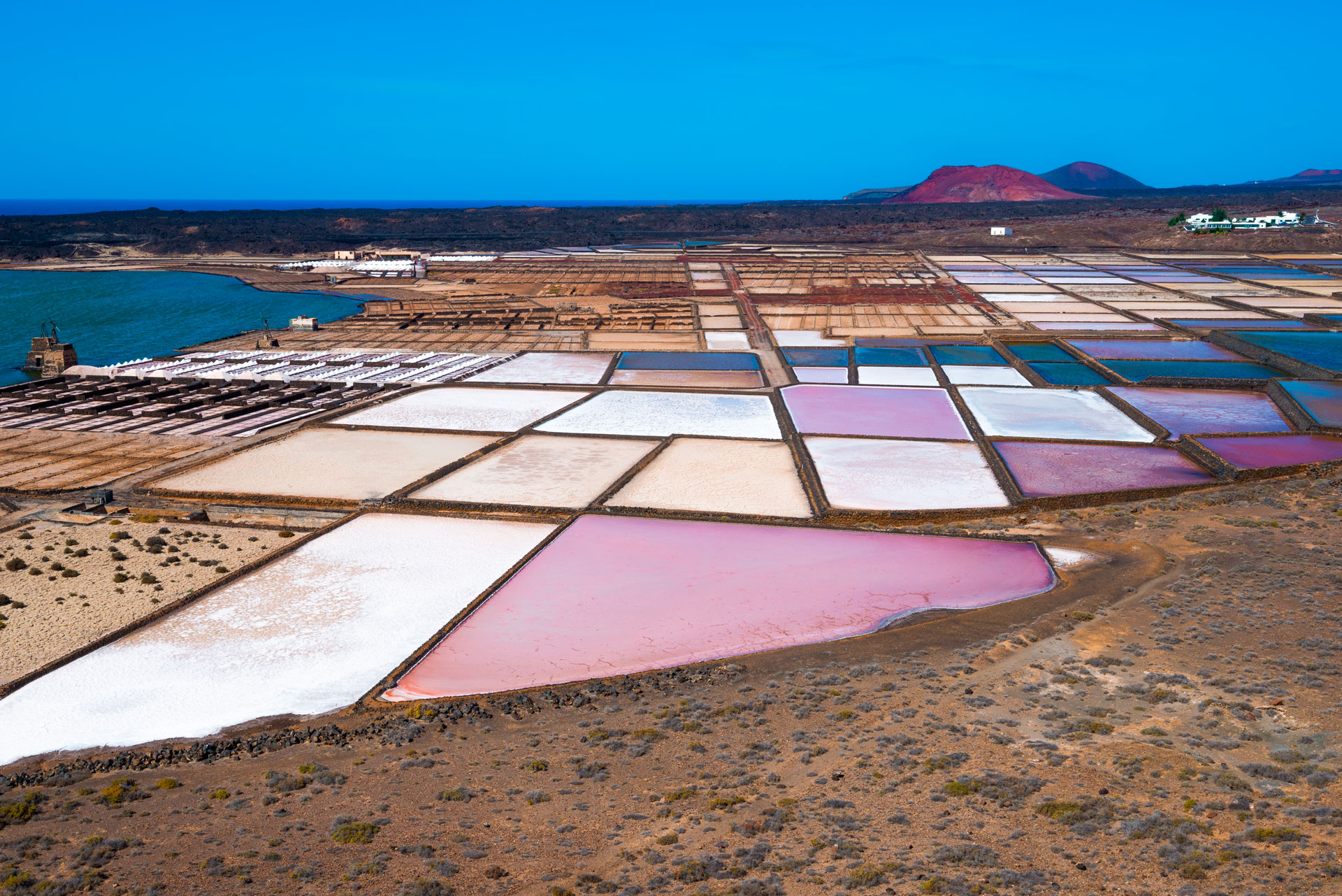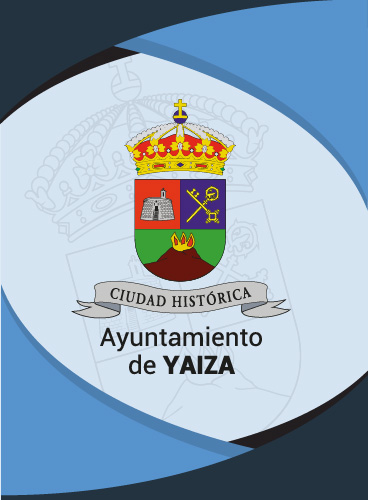Built in 1895, the Janubio saltworks once gave work and sustenance to many people. They are the only saltworks still operating in Lanzarote and the largest in the Canary Islands
‘My grandfather and father both worked in Janubio, then I followed suit and donned my wellies in the eighties. We would work from sunrise to sunset, men and women, toiling together in the salt pans. We wore trousers, skirts, shirts, and aprons. For sun protection, we just had headscarves and hats. It was hard work, but it was more bearable than being a maid in hotels, another job I’ve done.’ explains Victoria Rodríguez.
Modesto Perdomo, now retired, was in charge for many years. ‘There’s been very little change in how they work even after all these years. Just the tools, maybe, which were wooden before and are now made of metal. In the beginning, the salt was carried in palm stem baskets. Everything is done by hand. I had a crew of about thirty, but, in total, around seventy people worked there.’
They were built on the site of the old port of Janubio, which was destroyed by the Timanfaya lava flows. On seeing the remaining salt lake, Vicente Lleó Benlliure saw its potential as commercial saltworks, and construction began in 1895. It was completed in 1945 and is now in its fourth generation. Not only are the Salinas de Janubio the largest and most productive in the Canary Islands, but they are also the only saltworks to have operated non-stop over the years and the only ones still active in Lanzarote. They occupy 450,000 m2 and, in their heyday, produced more than ten thousand tons of salt.
Now managed by Carlos Padrón Lleó and his son, Carlos Padrón Marrero, it continues to rely on traditional methods, but the focus has shifted from one of necessity, when salt was an essential means to conserve food, to providing a quality product such as its gourmet fleur de sel and range of flavoured salts. The current onus is also on presentation and diversification, like its lines of artisan Golden Ale beer (Nao) and dried fruits.
In addition to their scenic beauty, the Salinas de Janubio are a Natural Site of National Interest (EU), a Special Protection Area for Birds (SPA), with up to seventy catalogued species of migratory birds, and Janubio Lagoon is the 38th Site of Geological Interest (LIG) in the Lanzarote Geopark.
They are also linked to one of the island’s most intriguing personalities, Víctor Fernández Gopar. Also known as el Salinero, he devised the ingenious idea of mixing clay with salt water to make it watertight. He was a tenacious man of down-to-earth wisdom who taught himself to read and write and became a poet renowned for his overwhelming logic and biting criticism.





